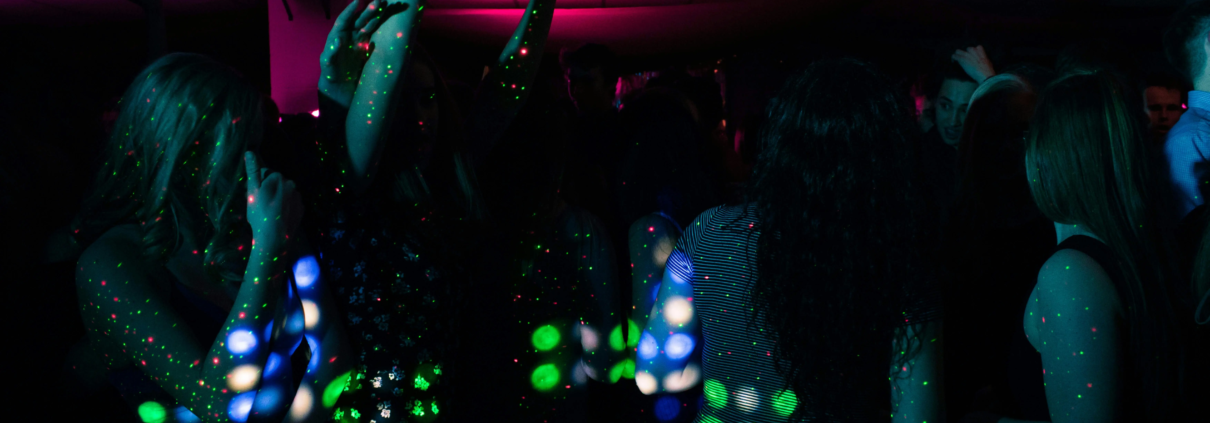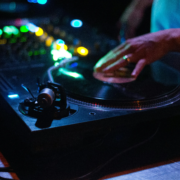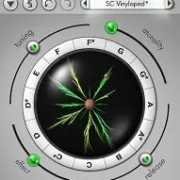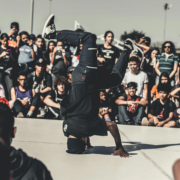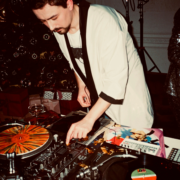The Psychology of the Dance Floor: Understanding Your Audience
As a DJ, your mission goes beyond just playing great tracks; it’s about creating a connection with your audience. To do this effectively, you need to understand the psychology of the dance floor—how people respond to music, energy shifts, and the overall vibe of your set. By learning to read the crowd and adapt in real time, you can turn a good performance into a truly unforgettable one.
Here’s a detailed guide to help you master the art of connecting with your audience.
Observe the Crowd’s Body Language
The first step in understanding your audience is observation. Before and during your set, pay attention to the following:
- Movement: Are people dancing enthusiastically, nodding their heads, or standing still? This gives you clues about their energy level.
- Clusters and Space: Notice where the largest groups are gathering. If the dance floor is packed, your set is resonating. If people are scattered or leaving, it might be time to change the vibe.
- Facial Expressions: Smiles, cheers, and eye contact are signs that the crowd is engaged.
Reading these non-verbal cues helps you gauge whether your set is hitting the right notes or if adjustments are needed.
Understand Energy Flow
The energy on the dance floor ebbs and flows. As a DJ, you should:
- Start with a Hook: Open with tracks that grab attention and set the tone for the night.
- Build Momentum: Gradually increase the energy to draw people onto the dance floor. Avoid starting too intense, as it can overwhelm the crowd.
- Create Peaks and Breaks: Alternate between high-energy moments (like drops) and calmer tracks to give the audience time to breathe. This keeps them engaged without exhausting them.
- End Strong: Close with a powerful track that leaves a lasting impression.
Understanding the natural rhythm of energy is key to keeping the crowd connected throughout your set.
Adapt in Real Time
One of the most important skills for a DJ is adaptability. To adjust your set on the fly:
- Pay Attention to Transitions: If a transition doesn’t get the reaction you expected, be ready to pivot.
- Experiment with Genres: If the crowd isn’t responding to a specific style, try introducing elements from another genre to reignite their interest.
- Test with Remixes or Mashups: Adding unique twists to popular tracks can draw people back to the dance floor.
- Watch Key Moments: During big drops or climaxes, the audience’s reaction will tell you if you’re on the right track.
Adaptability shows that you’re in tune with your audience and can keep the energy alive.
Use the Psychology of Familiarity and Surprise
A successful DJ set balances the familiar with the unexpected:
- Familiar Tracks: Playing popular songs or recognizable hooks can instantly energize the crowd. These moments of familiarity create a sense of connection.
- Unexpected Twists: Introduce new tracks, remixes, or unique sounds that surprise the audience. These elements keep your set fresh and exciting.
The key is to maintain a balance—too much familiarity can become predictable, while too much novelty may alienate your listeners.
Build Emotional Connection
Music has the power to evoke emotions, and a great DJ knows how to tap into that:
- Play to the Mood: If the crowd is feeling euphoric, lean into uplifting tracks. If the vibe is more chill, opt for deeper, atmospheric sounds.
- Tell a Story: Craft your set as a journey, using song selections and transitions to guide the crowd through different emotional peaks.
- Engage with Visuals and Effects: If possible, sync your set with visuals, lighting, or even vocal interludes to enhance the emotional experience.
By creating an emotional connection, you make your performance more memorable and impactful.
Create an Inclusive Atmosphere
An inclusive environment encourages more people to join the dance floor:
- Cater to Diversity: Mix tracks from different genres, cultures, and eras to appeal to a wider range of tastes.
- Read Room Dynamics: If certain groups aren’t engaging, try switching styles to draw them in.
- Welcome Requests (When Appropriate): While you can’t play every request, showing openness to audience input can create a sense of connection.
Inclusivity ensures that everyone feels welcome, making for a more vibrant and engaged crowd.
End with a Personal Touch
The end of your set is your chance to leave a lasting impression:
- Acknowledge the Crowd: Thank them for their energy and interaction. This creates a personal connection.
- Choose a Signature Closing Track: A track that defines your style or resonates emotionally can leave people talking about your performance.
A strong finish ensures your audience remembers you long after the music stops.
Conclusion
Mastering the psychology of the dance floor is a skill that separates good DJs from great ones. By reading your audience, adapting in real time, and creating a mix of energy, emotion, and surprise, you can forge a deeper connection with your listeners.
For more tips and resources to elevate your DJing skills, visit mp4remix.com. With practice and attention to detail, you can transform every set into a unique and unforgettable experience.

